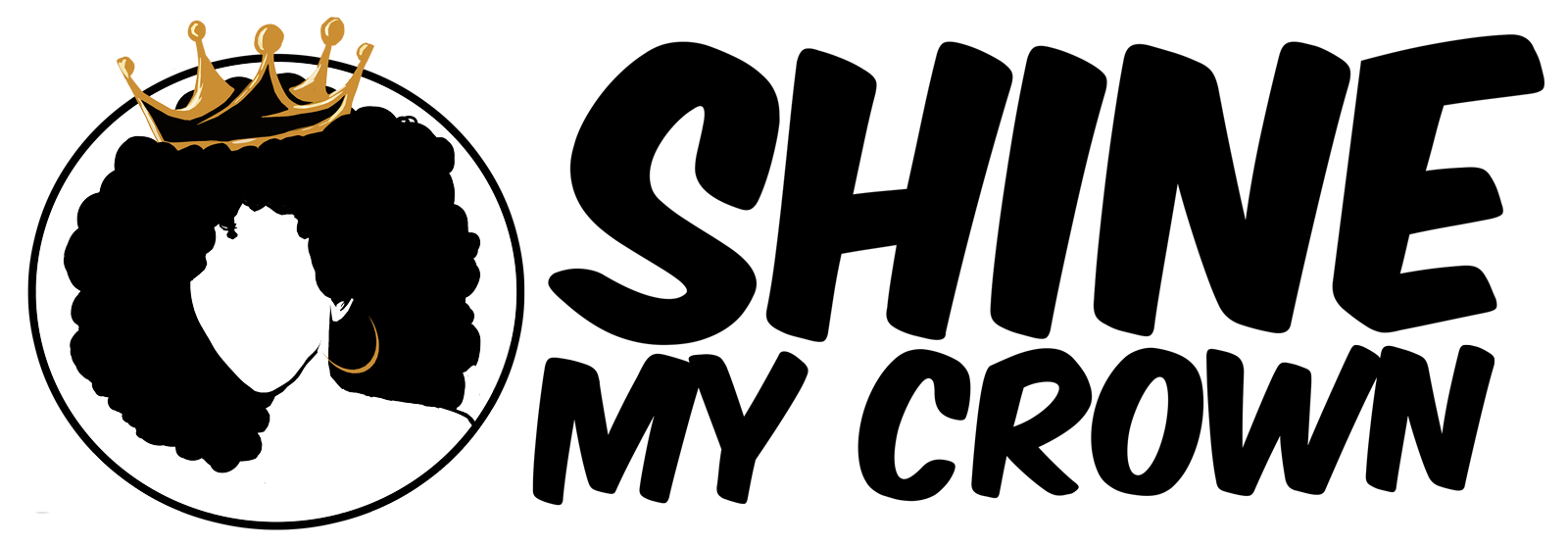Tabnie Dozier said her decision to go natural came by accident. The former news announcer, who felt she had to conform to European beauty standards because of her TV gig, said she moved to a new city and couldn’t find a stylist she trusted to apply relaxer in her hair – so she stopped getting them.
“No, I will not return to chemical relaxers,” the 33-year-old told Forbes. “I can’t imagine what my mother went through in the 1990s and feeling even more pressure then to adapt to status quo or societal acceptability. But now that I have my own voice and the audacity to wear my crown anyway I choose, I won’t return to damaging chemicals.”
The relaxer and chemical hair straighteners market has suffered tremendously due to the natural hair movement and recent reports that chemical hair straighteners are linked to cancer. According to Kline & Co., sales of hair relaxers plunged from $71 million in 2011 to $30 million in 2021. In 2020, sales dropped 25%.
“Clients prefer more natural hair styles and turn to styling products or styling appliances as alternatives,” said Kline’s director Agnieszka Saintemarie.
More and more stylists have decided to do away with giving relaxers to clients, thus adding to declining sales in the relaxer market. Such is the case for Laquita Burnett, who told Forbes she no longer offers the service. She said most women working in while collar roles would go to her every six to eight weeks to hide their new growth by applying relaxer to their hair.
“That’s why they called it the creamy crack,” Burnett said. “It’s addictive, you can’t stop doing it and you have to keep doing it so that your hair can stay straight.”
In a study released by the National Institutes of Health last month, it was found that Black women are at an increased risk of uterine cancer from chemical hair relaxers since they are more likely to use the products. Of the 33,000 women who were studied, those who used chemical straighteners at least four times a year were twice as likely to develop uterine cancer.
Researchers have long warned consumers that hair products containing parabens, phthalates and fragrances disrupt the endocrine system, which helps regulate hormones. These type of disruptions increase the chance of developing uterine cancer, the common cancer found in the female reproductive system.
“Sixty percent of the participants who reported using straighteners were Black women. The bottom line is that the exposure burden appears to be higher among Black women,” Chandra Jackson, a participant in the National Institute of Environmental Health Sciences Earl Stadtman Investigators program, told NBC News.
The study’s lead author, Alexandra White, the head of the agency’s Environment and Cancer Epidemiology group, said: “We see a doubling of risk for frequent users, and that’s a very alarming figure. For non-users, the absolute risk is about 1.64%, and then when you look at frequent users, the risk goes up to 4.05%. It’s a notable increase in risk.”
This year alone, there have been a reported 65,000 new cases of uterine cancer in the U.S – roughly three percent of all new cancer cases the study found.
Although Eurocentric standards of beauty have pressured some women to relax their natural hair, a new phenomenon, or the “natural hair movement,” has seen a large swath of women forgoing hair straightening products and embracing their coils.
Before the natural hair era arose during the beginning of social media days, the movement gained traction in the 1960s and 1970s after leading women in Hollywood began wearing their hair in Afros on movie sets and red carpets. Famed actresses like Pam Grier was one of the first women to embrace the natural style, and helped to cement an iconic look that would be remembered for decades to come.
“In the 1970s, natural hair was essentially like a resistance to Eurocentric standards of beauty, kind of in line with the social and racial justice movements that were happening at that time,” said Quani Burnett, an inclusion strategist and creator of beauty4brownskin.
There are parallels between then and now. With the rise of the Black Lives Matter movement, more women have begun to embrace their natural hair as a symbol to represent Blackness and Black identity.
But there was resistance for some, including Ware, who admitted that the natural hair movement came at an impressionable time in her life. She was in college and wasn’t sure if she was ready to make the transition at the time, she recalled.
“I think once the natural hair movement started, I was in college and I kind of felt a little pressure to go natural,” said Ware. “I was at an HBCU, you know? I would get to see a lot of women who wore their natural curls and all the things and I wanted to, but I was like, ‘college doesn’t feel like a good time to transition.’” When she graduated, she says, “I was like, ‘You know what? I’m gonna go natural.’”
Of course, there are some women who have decided to continue relaxing their hair. The reasons vary, including the time and upkeep that comes with managing natural hair. For others, they simply prefer how looser curl patters and straight hair frame their faces.
“The past year, I was just like, I do not like being natural. I work out every day. I also have work events every day where I have to have my hair done and all the things, and it just stopped making sense for me,” said Ware, who went back and forth between natural and relaxed throughout her hair journey.
